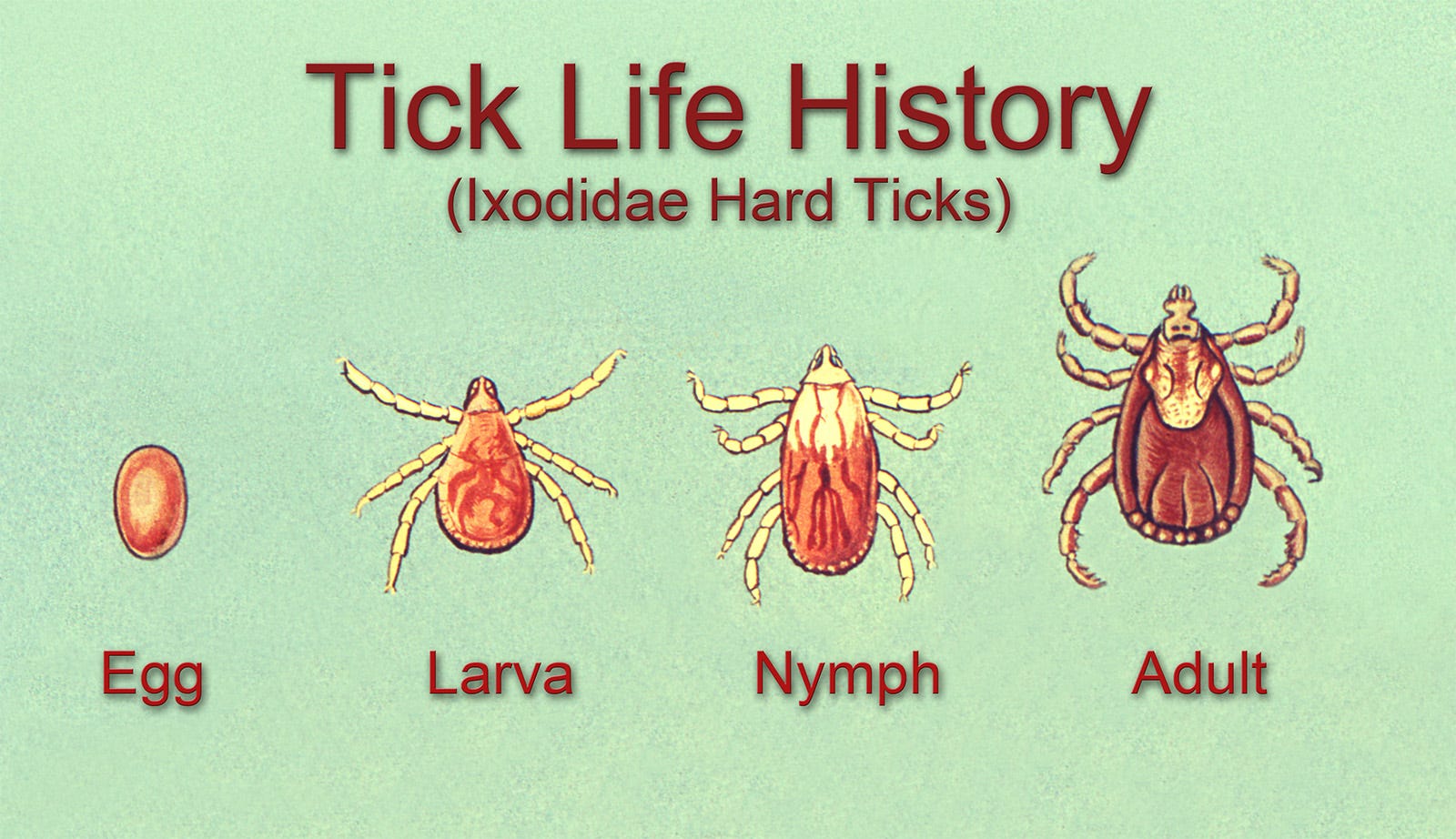

Although, Lockman added, there is a good bit of controversy in the medical profession about the patterns of later stage Lyme disease. For disseminated Lyme, IV antibiotics are sometimes required for a longer time period. There can also be eye changes (red, inflamed iris or cornea) and liver and spleen inflammation. Neurologic symptoms may include Bell’s palsy (paralysis of one side of the face), meningitis, and cognitive (thinking) problems. The heart can also be affected (inflammation causing heart rhythm problems). These include arthritis, with swollen joints. Lockman listed some of the possible complications of later stage disseminated Lyme. Lockman says he sees “quite a few children in the early, localized stage, and a short course of antibiotics is enough to knock it out of their systems.” In his suburban Philadelphia practice, Dr. disseminated (more than one month after infection).localized (three to 30 days after infection).

Lockman who explained more about this worrisome illness. If you’ve been feeling under-the-weather after spending time outdoors, these are some lesser-known Lyme disease symptoms: Therefore, interpreting the result can be tricky. However, these antibodies often take weeks after the person becomes infected to show up in your blood. Your immune system makes antibodies in response to Lyme infection. The most common initial test to diagnose Lyme is an ELISA ( enzyme-linked immunosorbent assay ). Thus, many infected people have no idea there’s a problem until they’ve had Lyme for weeks (or even months). The bull’s-eye rash is the commonly known Lyme disease symptom, but up to 30% of sufferers never get the rash at all. The deer tick itself is tiny (a “nymph” tick is the size of a poppy seed) and its bite often goes unnoticed. There are several complicating factors that can lead to a delayed diagnosis. This is more common the longer the disease goes untreated. Some Lyme sufferers are not as lucky and endure serious long-term medical issues. Eventually, the symptoms abated, and life returned to normal for Evan. We concluded that he must have been infected for almost two months at this point (probably bitten by a deer tick on that campout), so the doctor kept him on antibiotics for six weeks.

The test came back positive, and he was immediately put on a course of tetracycline. He urged me to drive Evan home, where he was tested for Lyme. Bruce Lockman of Lockman and Lubell Associates in Fort Washington, Pennsylvania. The next morning, I called our pediatrician, Dr. All those symptoms seemed to add up to Lyme disease-but he didn’t have the infamous red bull’s-eye rash. One evening as we drove out for ice cream, he told us that the cars’ headlights were really bothering his eyes. Weeks and weeks later, we were down at the Delaware shore on vacation, and Evan began to complain of head and muscle aches. He had a great time with his friends and didn’t recall being bitten by anything. When my son Evan was in sixth grade, he went on an overnight camping trip with his class.


 0 kommentar(er)
0 kommentar(er)
